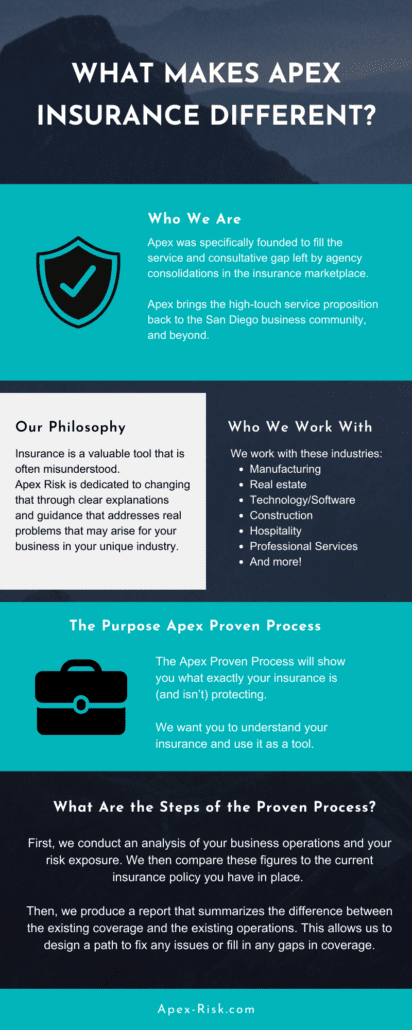The Ultimate Guide To Pacific Prime
The Ultimate Guide To Pacific Prime
Blog Article
The 7-Second Trick For Pacific Prime
Table of ContentsOur Pacific Prime PDFsThe 30-Second Trick For Pacific Prime4 Simple Techniques For Pacific PrimeSome Known Details About Pacific Prime Not known Facts About Pacific Prime

This is due to the fact that the data were accumulated for a period of solid financial performance. Of the approximated 42 million individuals who were uninsured, almost about 420,000 (about 1 percent) were under 65 years of age, the age at which most Americans come to be eligible for Medicare; 32 million were adults between ages 18 and 65, around 19 percent of all grownups in this age team; and 10 million were children under 18 years of age, concerning 13.9 percent of all children (Mills, 2000).
These quotes of the variety of persons uninsured are created from the yearly March Supplement to the Current Populace Study (CPS), performed by the Census Bureau. Unless otherwise kept in mind, nationwide estimates of people without medical insurance and proportions of the populace with various kinds of coverage are based on the CPS, one of the most widely utilized source of estimates of insurance policy coverage and uninsurance rates.
Not known Facts About Pacific Prime

Still, the CPS is specifically beneficial due to the fact that it generates annual estimates relatively rapidly, reporting the previous year's insurance protection approximates each September, and since it is the basis for a consistent set of estimates for even more than twenty years, enabling analysis of trends in coverage with time. For these factors, as well as the substantial use the CPS in various other studies of insurance policy coverage that exist in this record, we rely upon CPS estimates, with constraints kept in mind.

The estimate of the variety of uninsured individuals broadens when a populace's insurance policy status is tracked for numerous years. Over a three-year period beginning early in 1993, 72 million people, 29 percent of the united state population, were without insurance coverage for a minimum of one month. Within a single year (1994 ), 53 million people experienced a minimum of a month without insurance coverage (Bennefield, 1998a)
Six out of every 10 uninsured adults are themselves used. Although working does improve the chance that a person and one's relative will have insurance, it is not a warranty. Also participants of households with 2 full time wage earners have almost a one-in-ten possibility of being uninsured (9.1 percent uninsured price) (Hoffman and Pohl, 2000).
Facts About Pacific Prime Revealed
New immigrants account for a substantial percentage of individuals without medical insurance. One analysis has actually associated a substantial section of the current growth in the size of the united state uninsured population to immigrants that showed up in the nation in between 1994 and 1998 (Camarota and Edwards, 2000). Current immigrants (those who came to the USA within the previous 4 years) do have a high rate of being uninsured (46 percent), however they and their children make up simply 6 percent of those without insurance country wide (Holahan et al., 2001).
The partnership between health insurance coverage and accessibility to care is well established, as documented later in this phase. Although the relationship in between wellness insurance policy and health outcomes is neither direct neither easy, a considerable professional and health services research study literary works links medical insurance coverage to improved access to care, better quality, and boosted individual and populace wellness standing.
Degrees of evaluation for taking a look at the impacts of uninsurance. It focuses especially on those without any type of wellness insurance policy for any kind of length of time.
Our Pacific Prime Ideas
The troubles encountered by the underinsured are in some aspects similar to those encountered by the without insurance, although they are typically less severe. Wellness insurance policy, nevertheless, is neither necessary nor sufficient to obtain access to clinical services. The independent and direct effect of wellness insurance coverage on access to health solutions is well developed.
Others will get the healthcare they require even without medical insurance, by paying for it expense or seeking it from carriers who offer treatment complimentary or at highly subsidized rates. For still others, medical insurance alone does not guarantee invoice of care due to various other nonfinancial barriers, such as a lack of healthcare carriers in their community, restricted accessibility to transportation, illiteracy, or linguistic and social differences.
Not known Facts About Pacific Prime
Formal research about uninsured populaces in the USA dates to the late 1920s and very early 1930s when the Board on the Price of Healthcare produced a series of reports regarding financing physician office visits and hospital stays. This problem came Get More Information to be significant as the varieties of clinically indigent climbed up throughout the Great Clinical depression.
Report this page